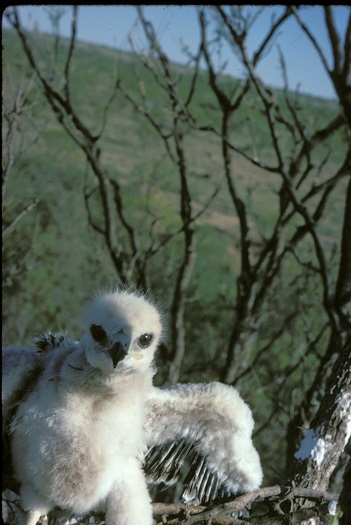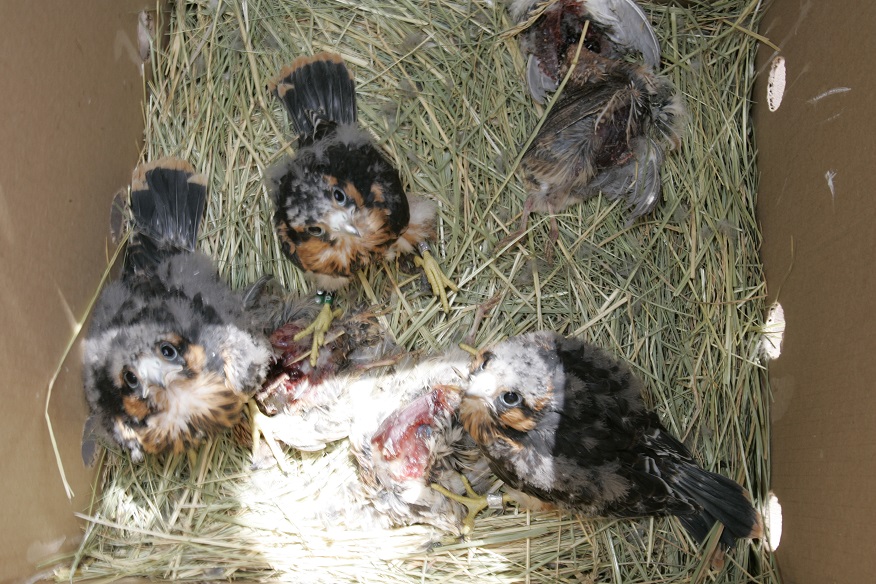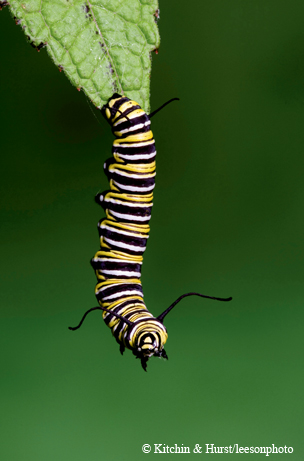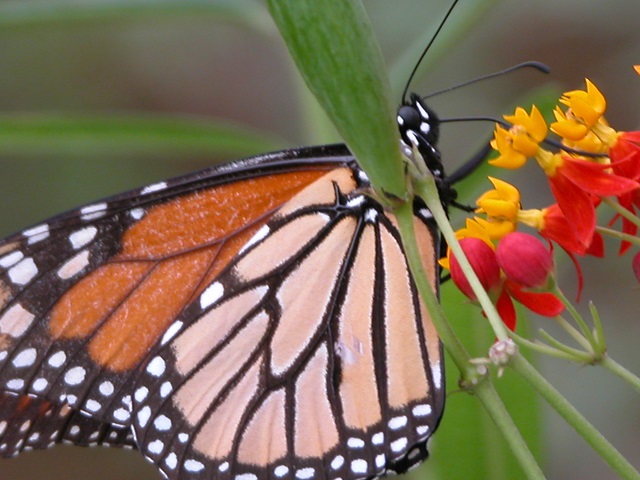Fishing: Saltwater Fishing Forecast
Monday, March 31st, 2014This is Passport to Texas
Saltwater anglers have a lot to look forward to in 2014.
08— 2014 looks great! We’ve got trout populations that are doing well. Flounder are showing signs of rebounding since the November gigging ban has been put in place.
And that’s just the beginning, says Art Morris, fisheries outreach specialist with coastal fisheries.
20—Red drum are holding their own. Black drum are everywhere. Our trout numbers have risen recently in the last couple of years from a point where we had concerns – especially in the mid-coast. We’re still watching those trends closely, and have recently proposed reducing the bag limit to five up the coast, as we currently have in the Lower Laguna Madre. Nevertheless, we should see some big trout coming in this year. Overall the number of fish are good on the coast.
Recent rains mean better environmental conditions. And when it’s good for the fish, it’s good for the fisherman.
20—Those seeking redfish are probably going to want to hit the mid-coast. We’ve got other species that are basically tropical in nature, like gray snapper –they’re abundant. Hopefully, we’ll have some tarpon this year; snook have been making the rounds up the coast in recent years due to the warmer winters. We’ve got a good variety and good numbers of fish. I think we’ll have a good year in 2014.
Art Morris says coastal fishing is like the proverbial box of chocolates.
03— You never know what you’re going to get. Nevertheless, one thing is certain: it’s all going to be good.
Read more of Art Morris’ thoughts on the 2014 saltwater fishing forecast in TPW Magazine’s February Digital Fishing issue. For Texas Parks and Wildlife I’m Cecilia Nasti.







 Passport to Texas is a
Passport to Texas is a  Passport to Texas is made available by:
Passport to Texas is made available by: